The giant infrastructure scheme will have one lead environmental body in charge in a bid to end the “merry-go-round” of developers dealing with multiple green groups.
The move is designed to speed-up the planning process and prevent debacles like the £100m HS2 bat tunnel.
The government said: “For future similar situations alternative solutions to meet environmental obligations can be explored earlier in the process – ensuring proportionate decisions are made and reducing costs and delays.
“A clear, single point of contact will cut the time it takes to secure planning permissions and approvals for large-scale developments, boosting project certainty and minimising costs and delays.”
Natural England will take the lead role for the Lower Thames Crossing.
Marian Spain, Chief Executive of Natural England, said: “Infrastructure, housing and nature are not competing interests. Sustainable development and nature recovery must go hand in hand, and urgent action is needed to restore our depleted nature and build desperately needed homes and infrastructure.
“That’s why we’re proud to be the Lead Environmental Regulator delivering the Lower Thames Crossing. This model brings developers and all the regulators together to agree how to avoid environmental harm and plan opportunities for nature recovery, so streamlining the approvals process.”
Matt Palmer, Executive Director, Lower Thames Crossing, said: “As one of the Britain’s most important economic infrastructure projects we are delighted to be the first to work with a Lead Environmental Regulator.
“Driving economic growth and enhancing nature are at the heart of the Lower Thames Crossing. As we gear up to start construction, this new approach will help us to move at pace, while ensuring we protect the natural environment and meet our environmental commitments.”





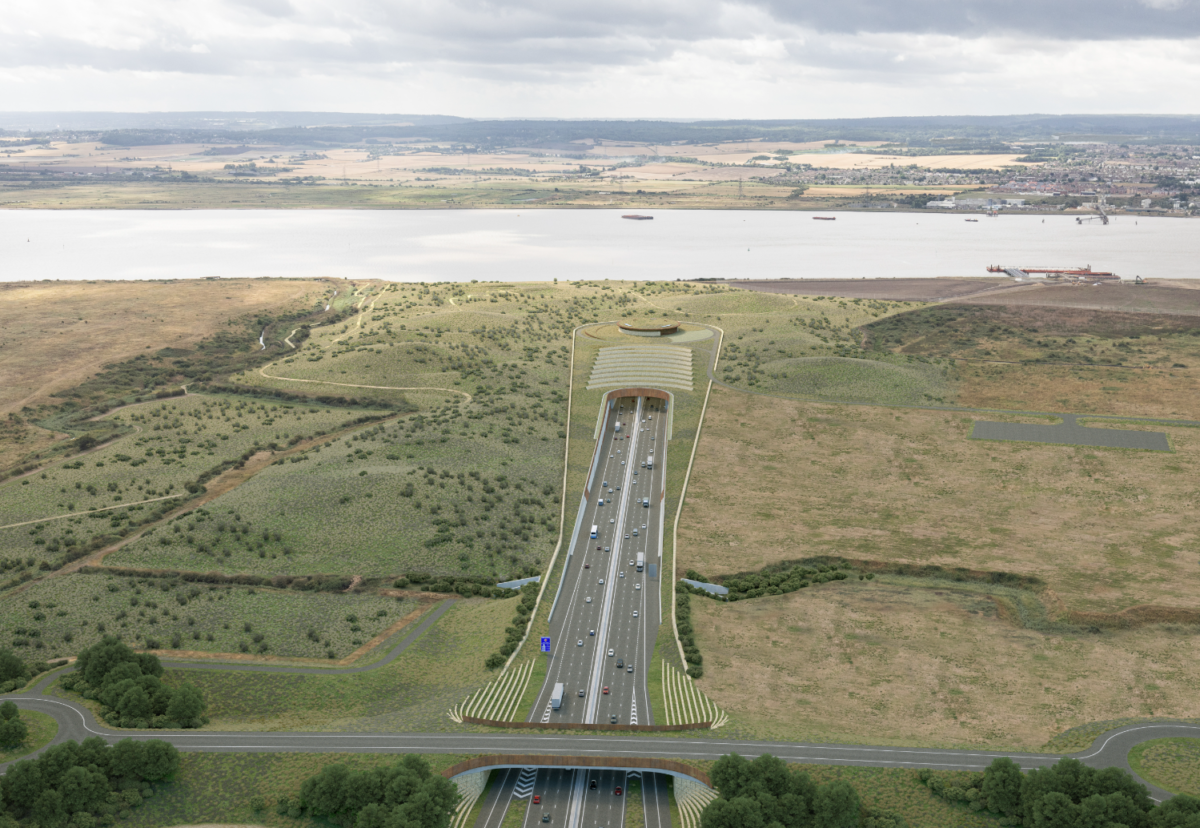




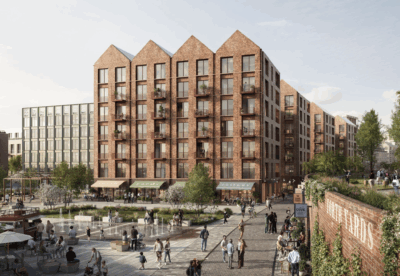
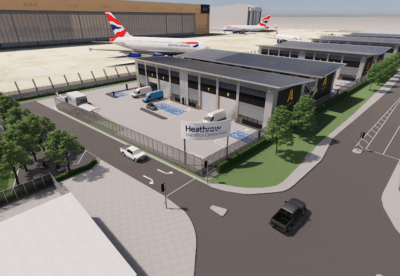


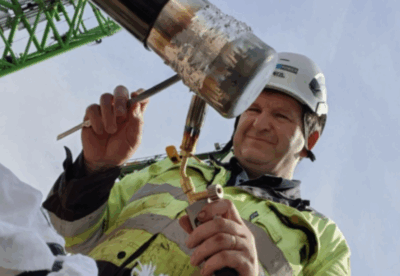
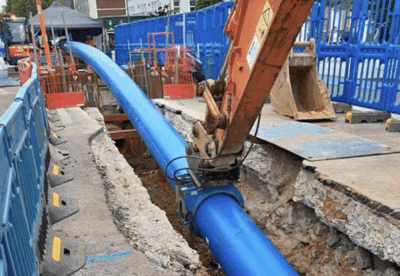
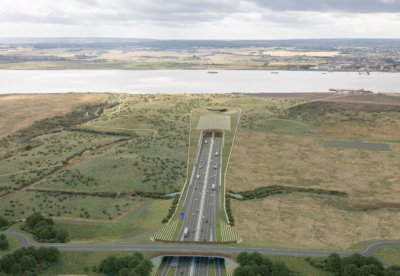

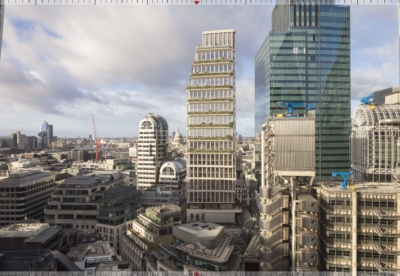

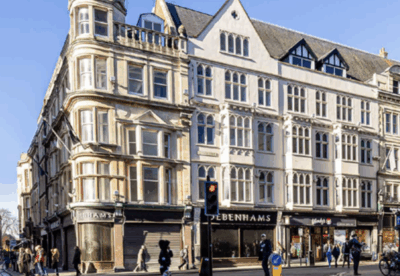



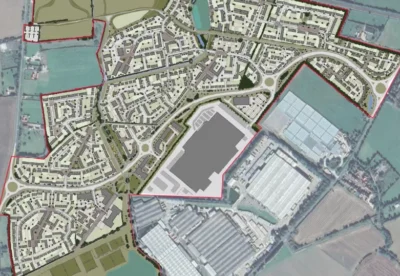
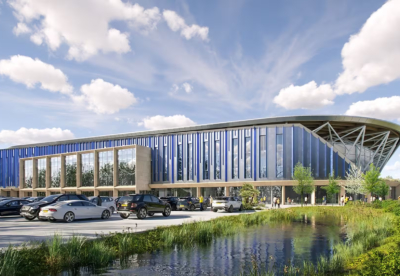




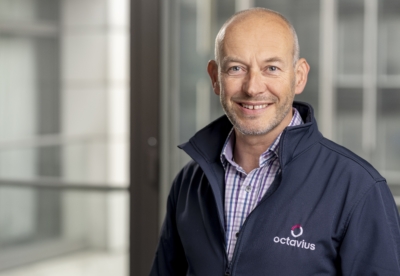
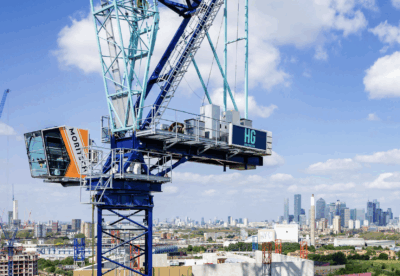
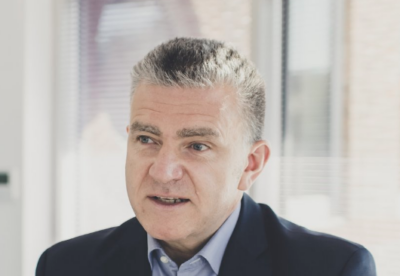
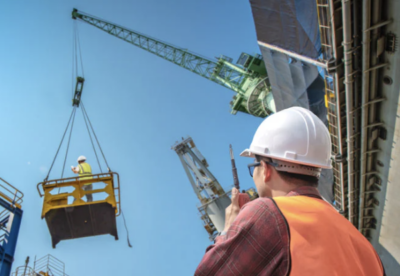
 (300 x 250 px) (2).png)
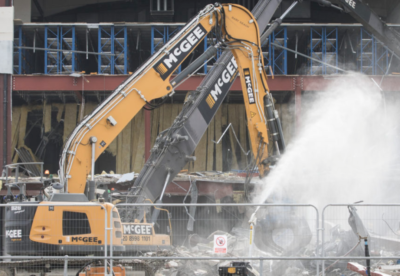
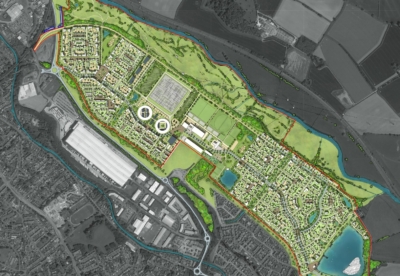
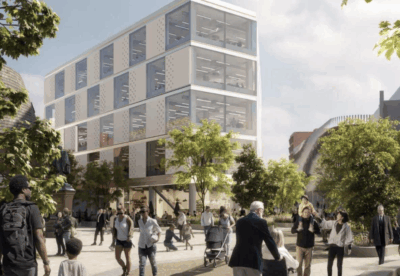

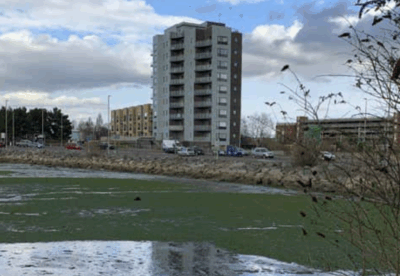
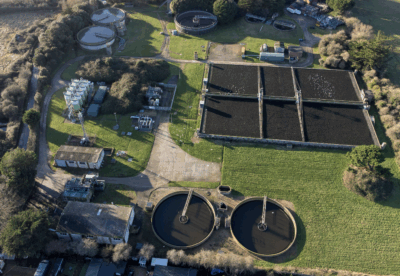
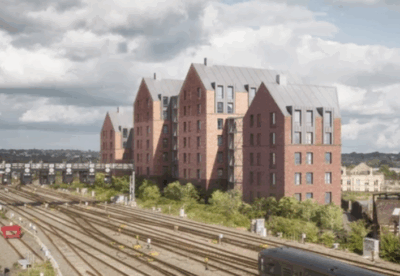
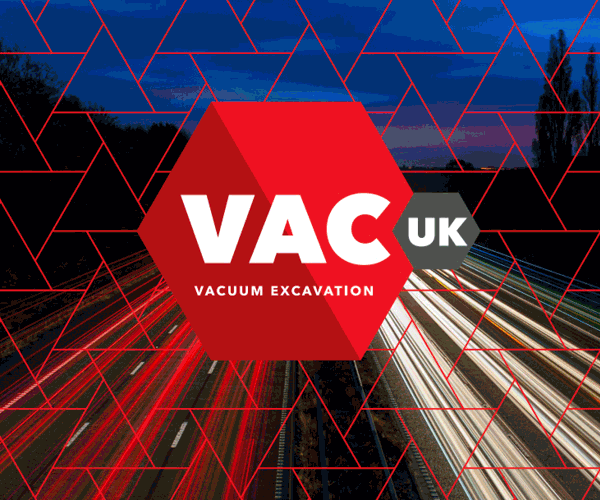

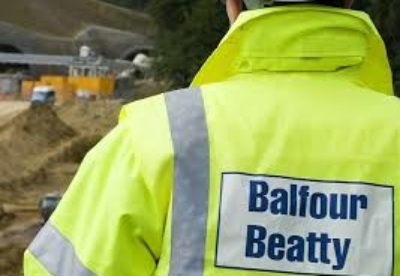
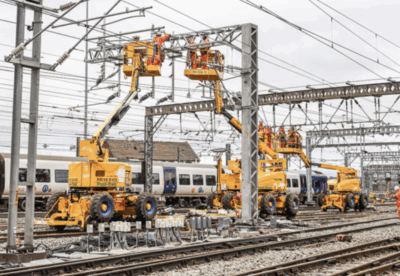


.gif)





